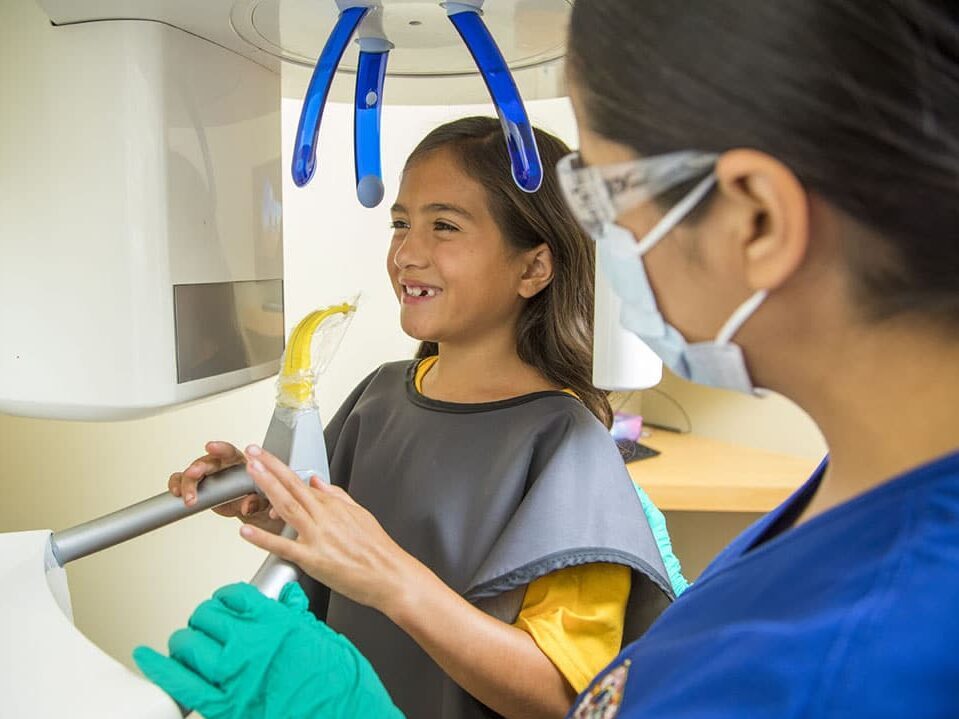At Dental Depot in Broken Arrow, we’ve got the experience and expertise to keep your smile healthy—starting with top-quality fillings! Cavities are common and can develop due to poor oral hygiene, lifestyle factors, aging, or even genetics. No matter the cause, our skilled team is here to help.
Fillings are the best way to remove decay, restore your tooth’s strength, and prevent further damage. We make the process quick, comfortable, and effective so you can get back to smiling with confidence. Schedule your appointment today!

Cavities happen, but fixing them is quick and easy at Dental Depot in Broken Arrow! Our team provides high-quality, affordable fillings to restore your teeth and prevent further damage. Whether you’re dealing with a small cavity or need extra protection for worn enamel, we’ve got you covered with expert care in a friendly, comfortable environment.
At Dental Depot in Broken Arrow, getting a filling is easy and stress-free — no surprises, no extra fuss. Here’s what to expect when you visit us:
Step 1: Thorough Checkup
We begin with a thorough evaluation of your teeth. If we find a cavity or early signs of decay, we’ll clearly explain the situation and your treatment options. Fillings are a fast and effective way to repair damage and stop it from progressing.
Step 2: Numbing the Area
Before starting, we’ll ensure the area is fully numb for your comfort. A quick local anesthetic means the procedure is completely painless.
Step 3: Removing the Decay
Your dentist will carefully remove the decayed portion of your tooth while preserving as much healthy tooth structure as possible.
Step 4: Filling the Tooth
We’ll fill the cleaned area with a strong, tooth-colored material that matches your natural teeth. Once shaped and adjusted to your bite, it looks and feels natural.
Step 5: Polishing It Off
To complete the process, we’ll polish the filling so it blends perfectly with your smile. You’re ready to go — pain-free and confident.
At Dental Depot in Broken Arrow, our fillings are quick, comfortable, and built to last. Whether it’s a new cavity or a replacement filling, we’re here to help keep your smile healthy and strong.
Not sure if that nagging tooth sensation is something serious? Here are a few signs it might be time to schedule a dental visit to Dental Depot in Broken Arrow:
Catching cavities early means quicker, simpler treatment — often just a small, tooth-colored filling. Regular checkups at our Broken Arrow offices help you stay ahead of issues before they turn into bigger problems.
Cavities are difficult to detect independently, so patients must maintain a semi-annual cleaning and checkup schedule with their dentist. When left untreated, a cavity may become so severe that infection develops, which can lead to more serious treatment options, including a root canal or extraction (loss of the tooth). With twice annual visits, your dentist will likely detect any cavities in a reasonable time frame, allowing for the least invasive treatment option – a dental filling.
Your dentist will likely be the person who detects decay in your teeth. Dentists can see things undetectable to the naked eye with specialized tools and instruments. Because most people are unaware they have a cavity, visiting the dentist regularly is critical. However, depending on the severity of the decay, you may exhibit symptoms including sensitivity to hot and cold food or drinks, dull but constant ache in a specific area, a dark spot on the tooth, or sharp pain when biting down.
If your dentist finds a cavity during your checkup, she or he will likely not be able to treat it that same day, and you’ll be scheduled for another appointment later.
The appointment for your filling generally lasts from twenty minutes to an hour, depending on the severity of the cavity and if you have more than one being treated. Here’s what happens during that appointment:
Fillings can be an effective treatment for other dental issues, including:
The same materials used to fill in an eroded hole can be used to straighten or smooth the surface of a tooth, improving the function and aesthetic and resulting in a stronger, more confident smile.
Teeth grinding, also called bruxism, can be abrasive and damage the enamel of teeth. If areas of the teeth have been significantly worn down, resulting in weakened or broken enamel, a filling can add support and increase durability.
The maintenance required to care for a filling is the same as for your teeth. Teeth must be brushed morning and night for two minutes each (occasionally after particularly sugary meals or drinks), flossed daily, and professionally cleaned twice a year. Good oral hygiene and routine dental visits help ensure your teeth and fillings remain healthy, clean, and strong for years.
Sometimes fillings can break or become loose. If that happens, schedule an appointment with your dentist as soon as possible to have it replaced. A broken or loose filling leaves the tooth vulnerable to bacteria, infection, and decay, so it’s important to have the filling fixed.
